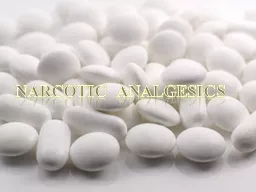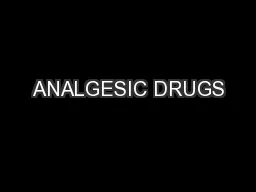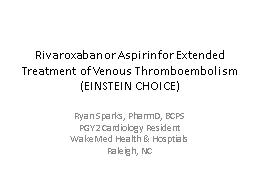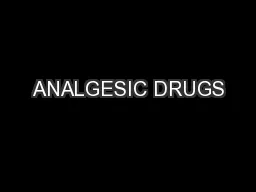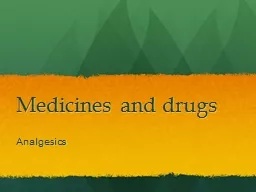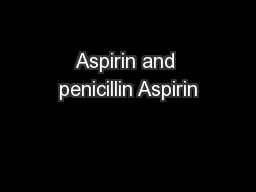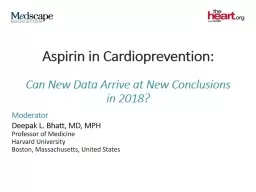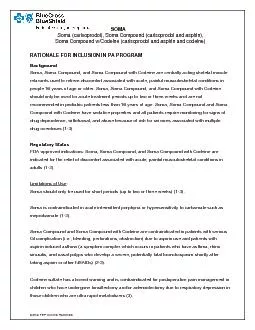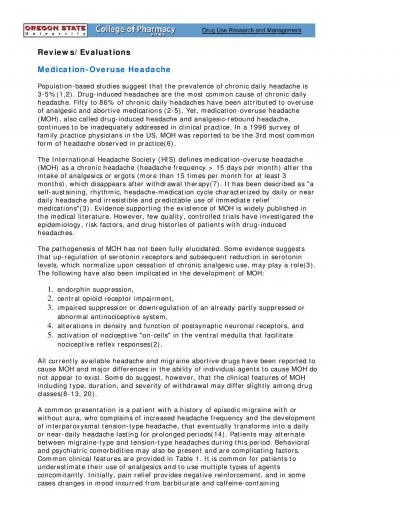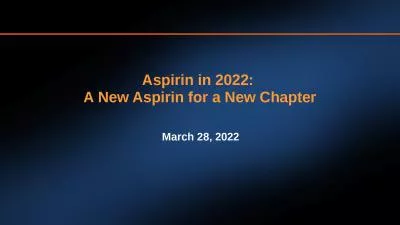PPT-Aspirin Mild analgesics, such
Author : kittie-lecroy | Published Date : 2020-04-03
as salicylic acid and its derivatives eg aspirin and paracetamol block the transmission of pain from source ie the injured tissue to brain as they intercept
Presentation Embed Code
Download Presentation
Download Presentation The PPT/PDF document " Aspirin Mild analgesics, such " is the property of its rightful owner. Permission is granted to download and print the materials on this website for personal, non-commercial use only, and to display it on your personal computer provided you do not modify the materials and that you retain all copyright notices contained in the materials. By downloading content from our website, you accept the terms of this agreement.
Aspirin Mild analgesics, such : Transcript
Download Rules Of Document
" Aspirin Mild analgesics, such "The content belongs to its owner. You may download and print it for personal use, without modification, and keep all copyright notices. By downloading, you agree to these terms.
Related Documents


